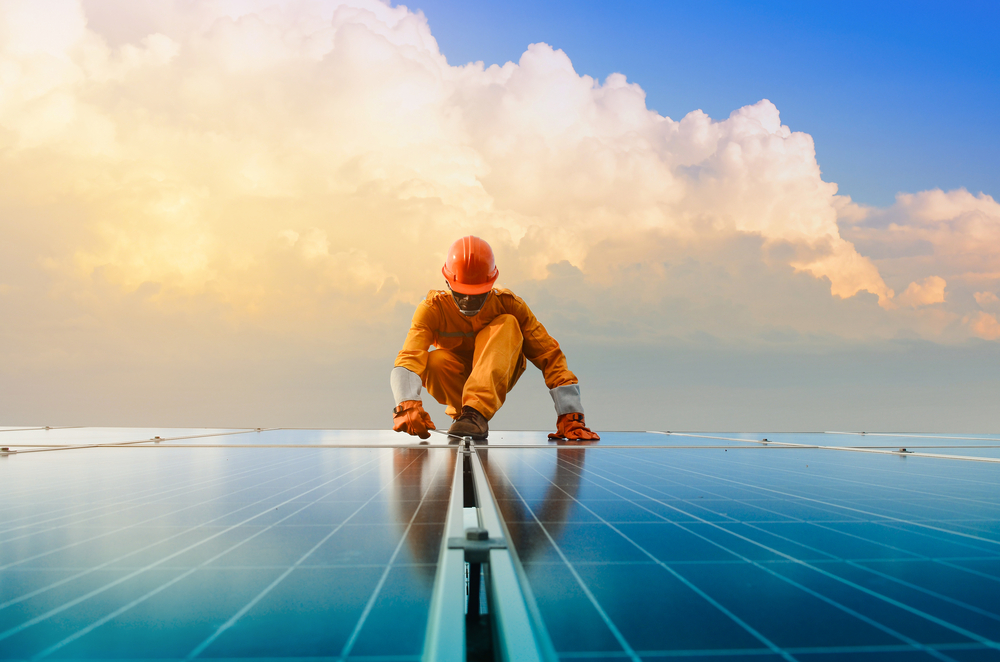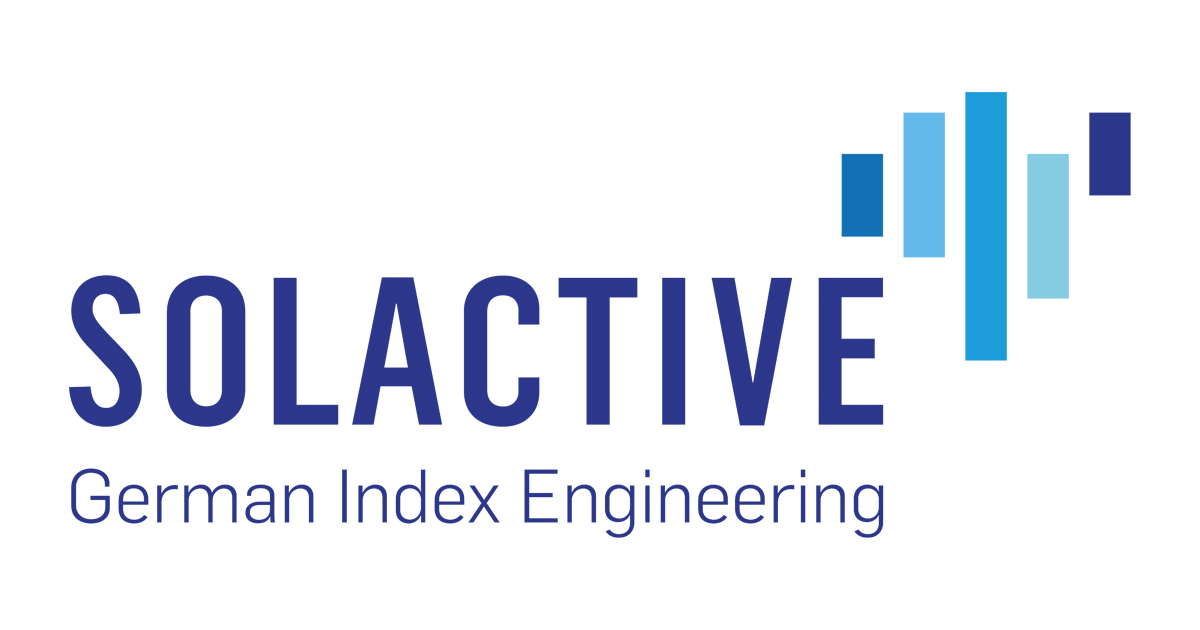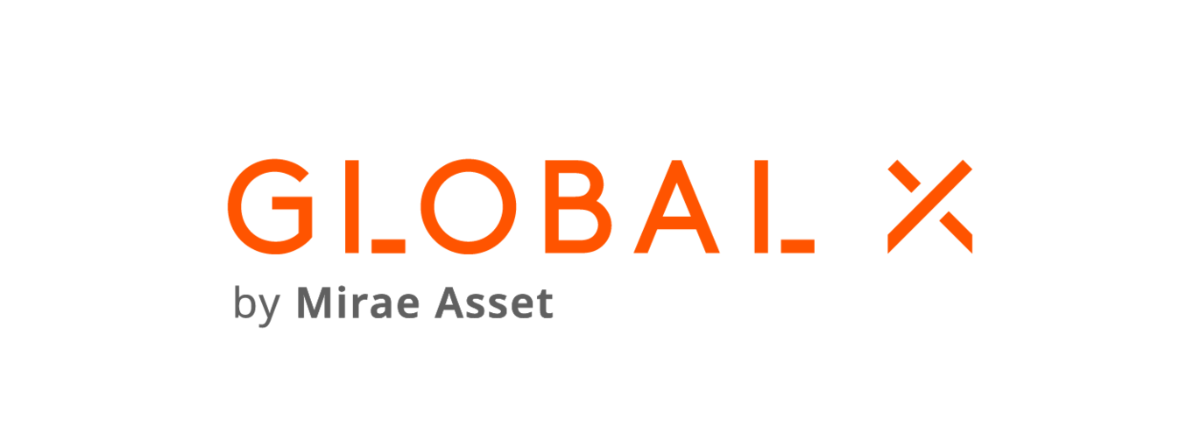The timely arrival of the Global X Solar UCITS ETF (RAYZ) saw it come to market as a long drawdown in clean energy equities turned into one of its best runs of form since the start of the COVID-19 economic recovery.
Launching on 15 February this year, RAYZ has been near the top of the clean energy thematic pile in terms of performance, and its 19.8% returns over the month to 18 March were the best of any solar ETF in Europe, according to data from ETFLogic.
It is also the cheapest ETF in its category with a total expense ratio (TER) of 0.50%, 19 basis points lower than the other solar products available in Europe.
RAYZ physically replicates the Solactive Solar v2 index of 48 stocks involved in solar power production, the integration of solar into energy systems, the manufacturing of solar-powered generators, engines, batteries, semiconductors and other technologies related to the solar power industry.
The ETF’s underlying index dropped by around a third between the start of November 2021 and mid-February this year, owing largely to fears of monetary tightening and rates hikes by central banks. These tend to create a risk off setting which is typically unsupportive for growth stocks such as the small and mid-caps in alternative energy industries.
The index then staged a dramatic comeback in step with the arrival of RAYZ, with many pointing to Russia’s invasion of Ukraine and surging fossil fuel prices as an impetus for countries to stop relying of Russian oil and gas – which accounted for a third of Europe’s energy supply.
With oil prices at an unsustainable high and clean energy stocks coming off a difficult year of trading, the theme’s ETFs were attracting the kind of assets rarely seen since the latter stages of 2020.
Spurring this on were policy developments that helped demonstrate momentum has not diminished in decarbonising the global energy mix. For instance, the German government revealed plans to be completely renewables based in its electricity supply by 2035.
Meanwhile, the Senate passed a new $1.5trn fiscal spending package in March meaning US President Joe Biden’s infrastructure plans are now fully funded and the US Energy Department will enjoy a 10% funding increase for its climate-related initiatives.
Overall, 90% of countries worldwide have committed to some form of net-zero plans, with many of the largest nations highlighting solar power as one of the major tools they will use to address their emissions reduction goals.
A leading force in this has been China, which increased its solar capacity by 13.9% – to 54.9 gigawatts – in 2021, greater than the combined capacity of the US and EU at the time.
Chinese state news provider Ecns also reported the country plans to increase its capacity by as much as 75 to 90 gigawatts in 2022 which would be a world-beating jump.
Reflecting China’s solar ambitions and current scale, RAYZ’s underlying index allocates 49.9% to China-listed securities and 28.5% to those in the US – which differs greatly from most products in the broader clean energy category.
The installed capacity of solar energy sources increased by a considerable 1,763% between 2010 and 2020, according to data from the Intergovernmental Panel on Climate Change (IPCC). Admittedly this started from a relatively low base, however, Facts & Factors projects the global market for solar could quadruple to $200bn between now and 2026.
This article first appeared in ETF Insider, ETF Stream's monthly ETF magazine for professional investors in Europe. To access the full issue, click here.
Related articles





